
A report released for AIDS 2020 warns the international AIDS response could be set back substantially by ongoing events.

A report released for AIDS 2020 warns the international AIDS response could be set back substantially by ongoing events.

CUSTOMIZE was designed to identify methods of implementing an experimental once-monthly, long-acting regimen antiretroviral therapy against HIV-1 into clinical practice.

The antibacterial is efficacious in a majority of patients in a small study.

Antimicrobial stewardship education was conducted with de-identified provider-specific prescribing scorecards.

A dosage of 250 mg twice daily for 10 days was confirmed for the next phase of trials after achieving initial and sustained cure in 100% of patients.

The novel drug combines a fourth-generation cephalosporin with a novel extended-spectrum β-lactamase inhibitor.

Drug resistance has physicians racing to find alternative therapies for many infections. In a new non-inferiority study, fosfomycin was inferior to more common therapies.

Gram-negative bacteria can cause infections, are resistant to multiple drugs, and are increasingly resistant to most available antibiotics, the CDC says.

Oral ibrexafungerp could cut hospital stays for patients with invasive candidiasis infections.
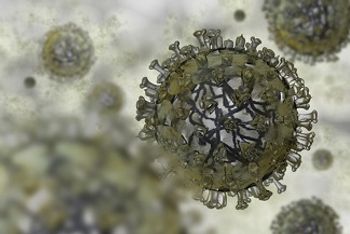
It is known that the type of respiratory specimen, sampling environmental factors, and time from symptom onset impact the sensitivity of rapid influenza diagnostic tests.

Investigators say they consider cefiderocol a candidate for therapeutic drug monitoring.

The data were released as part of the now-cancelled European Congress of Clinical Microbiology and Infectious Diseases.

Previous research has suggested an association between bacteria from the Bovis group streptococci, Clostridium septicum and colorectal cancer

Investigators have hypothesized that scarlet fever transmission is driven by pediatric cases with symptomatic disease.

A new survey found that parents in Spain were the most supportive of vaccinations when compared with their counterparts in 4 other European countries.

Whole genome sequencing revealed little overlap between MDROs found in pets and pet owners.

A poster presented at CROI 2020 examined rates of TB screening among people living with HIV in PEPFAR supported countries.

Patients facing HIV stigma may encounter difficulties with retention in care.

George Hanna, MD, vice president and therapeutic head of infectious diseases at Merck Laboratories, discusses data from CROI 2020 on islatravir.

An antibody gene delivered by a harmless virus produced anti-HIV antibodies for a sustained period.
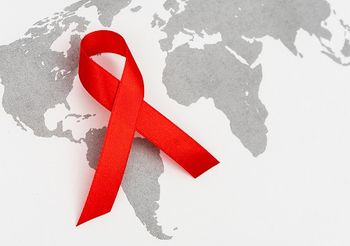
Higher HIV incidence is associated with higher viral burden, according to results from the PopART trial presented at CROI 2020.

A poster on antiviral PEP safety and tolerability was presented at CROI 2020.

A new study examining the reasons for suboptimal PrEP use among MSM was presented at CROI 2020.
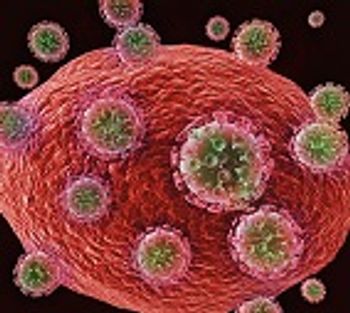
Data from clinical and preclinical studies on the use of the investigational HIV-1 capsid inhibitor GS-6207 were presented via 3 posters at CROI 2020.
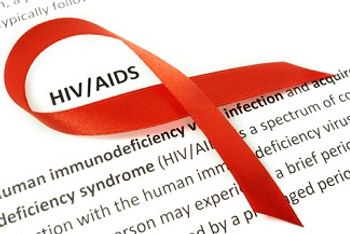
Unaddressed mental health challenges among youth living with HIV complicate antiretroviral therapy (ART) adherence, leading to high mortality and lower rates of viral suppression among this population.

Contagion® spoke to Onyema Ogbuagu, MD, who presented the week 96 results from the DISCOVER study evaluating F/TAF and F/TDF.
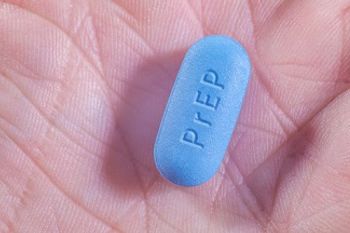
There was a statistically significant difference in renal safety which favored F/TAF over F/TDF at Week 96.

The rate of viral suppression among US youth aged 13 to 24 with HIV (YWH) hovers between 12 and 26%, representing an important clinical and public health challenge.

The time is now to put in place comprehensive action plans now to monitor, detect, and respond to treatment failure on dolutegravir.
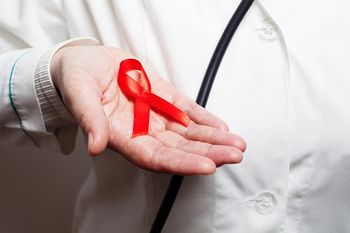
The abstract authors report that both HIV viral load in plasma and proviral HIV DNA in CD4 cells have remained below levels of detection for up to 30 months.